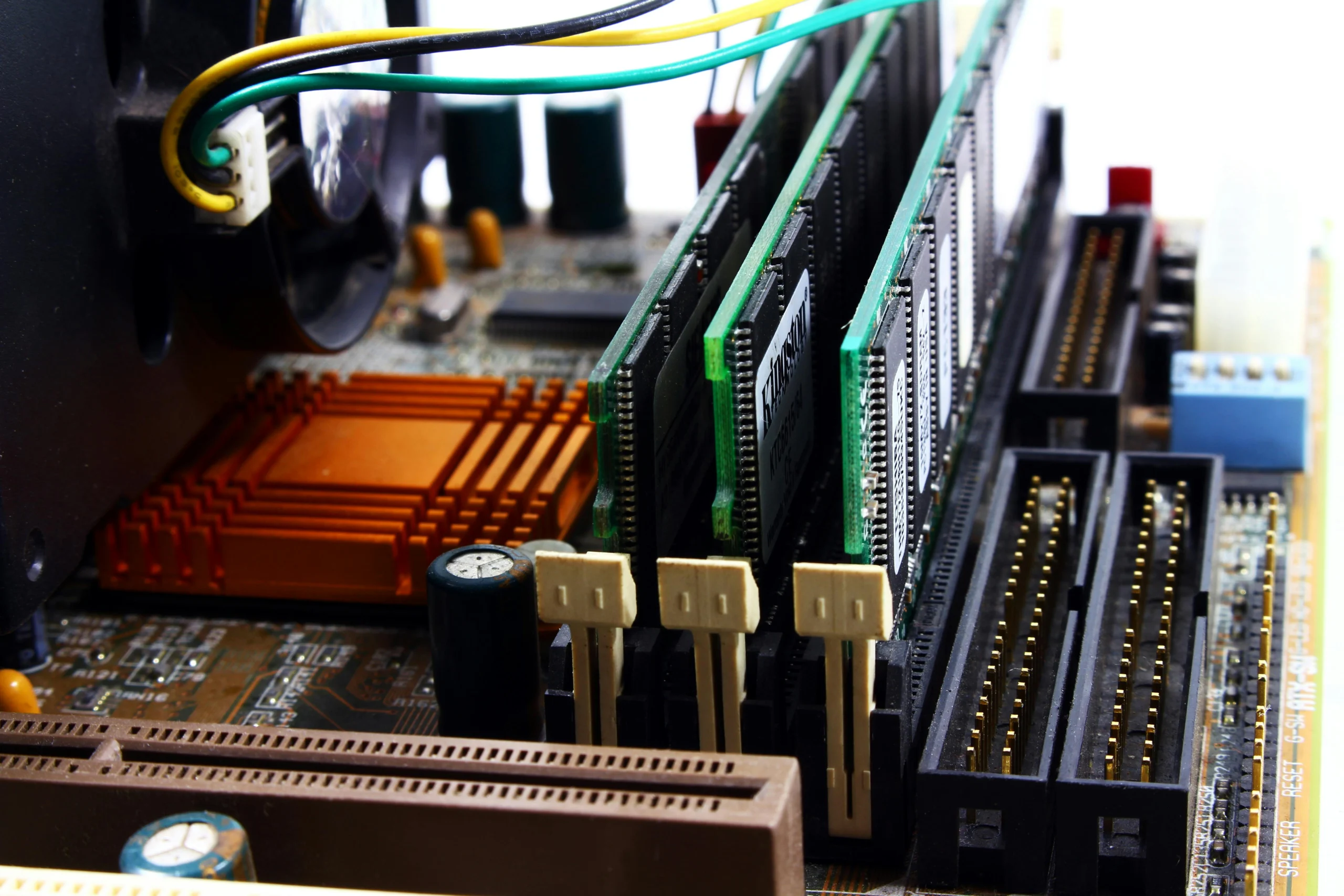The year 1936 marks a significant milestone in computer history, as it was the year when the first “computer” was invented by Konrad Zuse – the Z1 Computer.
This groundbreaking invention was the first fully programmable system, setting it apart from all previous devices. It wasn’t until 1942 that the first profitable computer business, ABC computers, was established by John Atanasoff and Clifford Berry.
The evolution of computing reached a significant milestone with the creation of the Harvard Mark I computer, which took place two years later.
This event spurred inventors worldwide to delve deeper into computer science and seek ways to improve it.
A groundbreaking development came in the following decade with the introduction of the transistor, which revolutionized computer systems such as the ENIAC 1 and several other models.
It is worth mentioning that the ENIAC 1 operated using an impressive 20,000 vacuum tubes.
In 1953, the computing industry experienced a monumental transformation with the arrival of International Business Machines (IBM).
This pioneering company revolutionized the age of computers by spearheading the development of smaller and more efficient machines.
Throughout the evolution of computer history, IBM has consistently played a prominent role in shaping new systems and servers for various public and private purposes.
The introduction of IBM marked a crucial milestone, as it instigated fierce competition within the industry, ultimately propelling the rapid advancement of computers.
The IBM 701 EDPM Computer marked their initial foray into this realm of innovation.

Explore the evolution of a programming language on our website.
In 1955, the first successful high-level programming language was developed, marking a significant advancement in computer programming.
Unlike ‘assembly’ or binary languages, which are considered low-level, FORTRAN was created to make computer programming more accessible to a wider audience.
The actual implementation of the pair of systems in banks did not take place until 1959, signifying a pivotal moment in the evolution of computers.
A major breakthrough in computer history transpired in 1958 with the advent of the integrated circuit, also known as the chip.
This fundamental element serves as a prerequisite for contemporary computer systems.
Each computer motherboard and card houses multiple chips that store crucial data pertaining to their respective functions.
The absence of these chips would render today’s computer systems incapable of operating effectively.
Transform your living space with our collection of household PCs.
Choose from sleek designs and powerful features for your daily tasks.
The subsequent three years played a pivotal role in the evolution of computers.
It was during this time that companies began focusing on developing computer systems accessible to the average consumer.
The Scelbi, Mark-8 Altair, IBM 5100, Apple I and II, TRS-80, and the Commodore Pet computers emerged as trailblazers in this domain.
Despite their high price tags, these machines initiated a trend of computer usage within ordinary households.
The significance of 1979 in the realm of home computing cannot be overstated.
It marked a turning point with the introduction of WordStar, the very first word processing program made available for public purchase.
This pivotal development had a profound impact on the practicality of computers for the average user.
Fast forward to 1981, and the IBM Home computer emerged as a game-changer in the consumer market, offering an affordable option for homeowners and regular consumers.
Furthermore, this year witnessed the entry of Microsoft, the behemoth of the tech industry, with its revolutionary MS-DOS operating system.
This user-friendly system forever altered the course of computing, making it accessible to individuals from all walks of life.
RELATED : Best performance management systems for small companies
RELATED :Email Marketing Solutions For Small Business: The Best 6
RELATED: When Is the Best Time to Sell Your Structured Settlement Annuity?
RELATED: Space Junk Alert: Japan’s Mission to Clean Up Orbital Debris
RELATED : White House Initiates Early Planning for 6G Development
RELATED : Top 10 Online HR Software for Small Businesses
RELATED : 9 Top Help Desk Apps for Maximum Productivity
ALSO READ: Is Santa Barbara the Right Car Accident Lawyer for You?
ALSO READ :Uncovering the Top Birth Injury Lawyers in New York
Apple vs. Microsoft: A Battle for Technological Dominance Begins
The year 1983 witnessed a crucial evolution in computers with the debut of the Apple Lisa computer, which boasted the first graphical user interface (GUI).
The widespread adoption of GUI in contemporary programs has enhanced user experience and aesthetics, gradually phasing out text-only programs.
This milestone in computer history set the stage for a series of advancements, including the Apple-Microsoft conflicts, the emergence of microcomputers, and a multitude of breakthroughs that have since become indispensable in our everyday lives.
Without the initial strides in computer history, none of these advancements would have materialized.

RELATED : Best performance management systems for small companies
RELATED :Email Marketing Solutions For Small Business: The Best 6
RELATED: When Is the Best Time to Sell Your Structured Settlement Annuity?
RELATED: Space Junk Alert: Japan’s Mission to Clean Up Orbital Debris
RELATED : White House Initiates Early Planning for 6G Development
RELATED : Top 10 Online HR Software for Small Businesses
RELATED : 9 Top Help Desk Apps for Maximum Productivity
ALSO READ: Is Santa Barbara the Right Car Accident Lawyer for You?
ALSO READ :Uncovering the Top Birth Injury Lawyers in New York
Video Games, Computer Mice, and Internet Usage.
The computing experience of numerous computer users today is incomplete without games, as they have become an indispensable aspect.
The year 1962 witnessed a significant milestone in computer gaming when Steve Russel and MIT collaborated to develop the inaugural computer game, known as Spacewar.
In 1964, Douglass Engelbart’s invention of the mouse, a basic yet crucial component of present-day computers, earned its name due to the extension resembling a “tail” from the device.
Another noteworthy invention that revolutionized the world of computers was introduced in 1969.
The ARPA net was the original Internet, establishing the foundation for the Internet we are familiar with today.
This progress led to the advancement of knowledge and commerce on a global scale.
In 1970, Intel introduced the first dynamic RAM chip, triggering a surge in computer science innovation.
Shortly after, Intel developed the first microprocessor, in addition to the chip from 1958, which are now essential components of modern computers.
The creation of the floppy disk in the following year, named for its flexible storage medium, allowed for data transfer between unconnected computers.
The debut of the first networking card in 1973 facilitated data exchange between connected computers, resembling the Internet but operating independently.





Your website is a fantastic resource for anyone looking for quality content.
Hello my family member! I want to say that this article is amazing, nice written and include almost all vital infos. I would like to see extra posts like this.